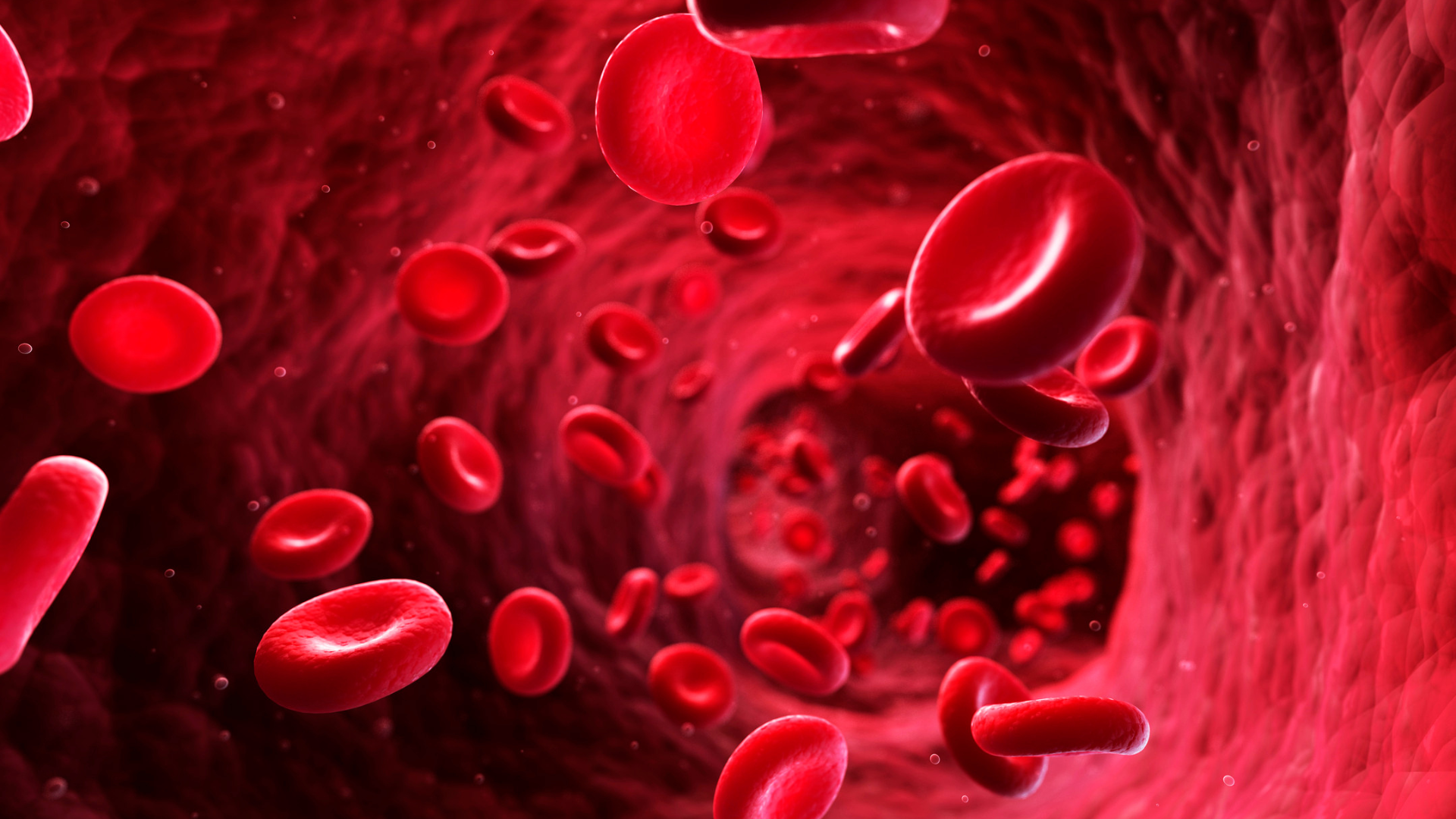At the point in time when you will need personal protective equipment that complies with the universal precautions and protect yourself from infectious disease, it is too late to ask “What do I need?”
In a construction and general industry setting, universal precautions are going to be used during an emergency situation and at which point, training should kick in. All facilities and crew should have at least one first-aid-trained responder on-site at all times. This person’s first aid training should include universal precaution training.
The “Universal Precaution Rule” is to treat all human blood, bodily fluids and other potentially infectious materials as if they are infectious. It should always be assumed that all bodily fluids have the potential to transmit disease.
Specific microorganisms transmitted in human blood or bodily fluids, which can cause disease in people, is referred to as bloodborne pathogens (BBP). There are three major BBPs: Hepatitis B (HBV), Hepatitis C (HCV), and Human Immunodeficiency Virus (HIV).
Unbroken skin is a good barrier against BBPs, however, the smallest skin opening can contract infectious materials. Skin openings may include open sores, cuts, abrasions, acne, sunburn and blisters. BBPs may also be transmitted through mucous membranes of the eyes, nose and mouth.
Appropriate PPE places a barrier between the employee and the potentially infectious material. Whenever there is a risk in which an employee may be exposed to infectious materials, they must wear this appropriate PPE. This PPE should be readily accessible to employees.
The appropriate PPE to protect employees from BBPs are exam gloves, CPR barriers, eye protection, face masks and gowns. At the bare minimum, first aid kits should contain exam gloves, a CPR barrier and eye protection.
Exam Gloves
Exam gloves should always be worn when providing any type of first aid as the hands are the most common mode of BBP transmission. Exam gloves come in latex, nitrile and vinyl, although many people develop allergies from latex. Exam gloves should be inspected prior to their use and properly discarded after use.
CPR Barriers
CPR barriers provide a barrier between the rescuer and the victim during CPR. These barriers should be used only once and discarded properly.
Eye Protection
Eye protection in the form of goggles, glasses with solid side shields, or a chin-length face shield should be provided for first aid responders and worn by employees providing any type of first aid. Eye protection will provide the employee protection from eye injury as well as infection.
Face Masks
Face masks should be worn if blood or other potentially infectious material could be sprayed or splashed on the rescuer’s face which could enter the mouth or nose.
Gowns
Gowns will help prevent the spreading of blood or infectious materials onto the rescuer’s clothing.
If the PPE is ever torn, punctured, or loses its ability to function as a barrier to potentially infectious materials, it should be removed at a safe location, disposed of properly and replaced with new unused PPE.
Once exposure to all human blood, bodily fluids, and other potentially infectious materials is eliminated, the PPE should be carefully removed and disposed of into a red bio-hazardous waste container. Once all PPE is removed and properly disposed of, the employee should wash their hands with soap and warm water. Waterless hand cleaners should be included with medical supplies as soap and water may not always be available.
If an employee is exposed to blood or other potentially infectious or hazardous materials, proper steps must be followed. For skin contact, the area should be immediately washed with soap and warm water. Splashes to the nose, mouth or skin should be flushed with warm water. Splashes in the eyes should be irrigated using eyewash for 10 to 15 minutes. In all cases, the exposure must be reported to the employee’s supervisor and immediate medical treatment must be taken.
In times of emergencies, regardless of the dire circumstances, it is important to stay calm and stay safe. It is important to assess the scene and make solid judgments so you do not become a victim. An emergency is an unstable situation that needs responders to take special care, not just for the situation but, for themselves. This decision-making process should rely on prior training which must include proper PPE selection.








